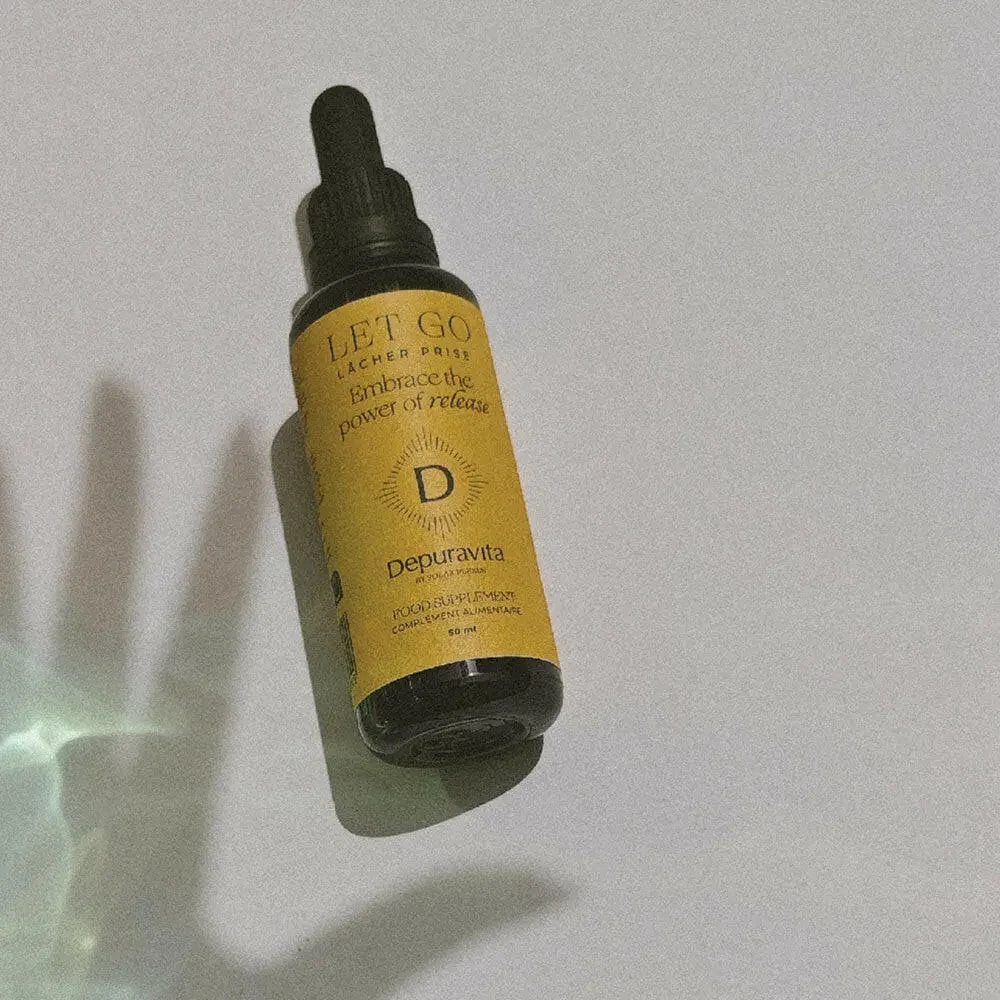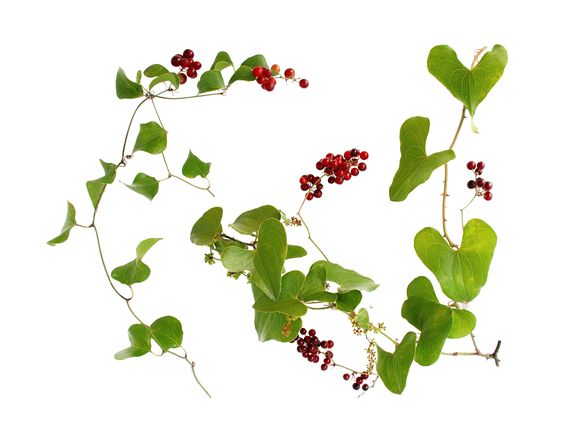Da antico rimedio per la sifilide a protagonista dei cartoni animati del sabato mattina, la storia della salsapariglia si è evoluta nel tempo e nello spazio, offrendo diversi benefici. Se siete cresciuti guardando i cartoni animati del sabato mattina negli anni '80 o '90, probabilmente conoscete i Puffi e le loro misteriose "bacche dei Puffi". Il creatore, il fumettista belga Peyo, inizialmente le chiamava salsepareille in francese. Quando i Puffi arrivarono negli Stati Uniti, cambiarono il nome in sarsaparilla, dando per scontato che gli americani conoscessero la vera pianta.

La salsapariglia proviene da piante rampicanti che crescono nelle zone tropicali, non dagli arbusti mostrati nei cartoni animati. Il legame tra la salsapariglia e gli americani affonda le radici nella storia della pianta, in particolare nelle specie provenienti dal Messico e dall'America Centrale.
Nel Vecchio Mondo, la Smilax aspera, un tipo di salsapariglia, era nota come antidoto contro i veleni. Questa credenza, basata sulla "dottrina delle firme", secondo cui le caratteristiche delle piante indicano l'utilità, si è radicata nella tradizione medica europea.
Quando gli esploratori europei scoprirono il Nuovo Mondo nel XVI secolo, associarono la specie di Smilax americana alla più nota Smilax aspera europea, chiamandola salsapariglia. Nicolás Monardes descrisse diversi tipi di salsapariglia americana nel 1565, collegandoli alle pratiche mediche europee.
Mentre l'Europa affrontava la sfida della sifilide, la salsapariglia americana si unì alla schiera dei rimedi botanici, competendo con i trattamenti a base di mercurio. Pur non essendo una cura, gli usi della salsapariglia si ampliarono nel tempo, venendo impiegata per i reumatismi e come aromatizzante in bevande medicinali.
"I meccanismi alla base dell'efficacia della salsapariglia"

Nota per le sue proprietà diuretiche, la salsapariglia è stata storicamente apprezzata per i suoi diversi benefici per la salute.
Utilizzato come tonico, esercita un'azione generalizzata su più sistemi corporei, guadagnandosi l'etichetta di "alternativo".
Oltre ad essere un diaforetico efficace contro la febbre, la sua principale forza risiede nella sua natura diuretica, che aiuta a eliminare reni e calcoli dalla vescica.
Inoltre, la salsapariglia si rivela benefica per patologie come l'idropisia e le malattie veneree. Universalmente riconosciuta come un purificatore del sangue, la salsapariglia estende i suoi effetti positivi a vari aspetti della salute.
I nativi americani sfruttavano questa erba per curare problemi di stomaco, promuovere la salute della pelle, supportare la funzionalità renale e delle vie urinarie e combattere le patologie respiratorie.
Studi clinici ed efficacia
In un recente studio clinico, la salsapariglia (rizoma di Smilax Glabra) ha mostrato benefici notevoli. Lo studio ha rivelato la sua capacità di modulare l'immunità, proteggere dal danno epatico, abbassare la glicemia e, in particolare, sopprimere il cancro. L'estratto idrosolubile (SW) di salsapariglia si è rivelato una svolta, inibendo la migrazione, l'adesione e l'invasione delle cellule tumorali. Esplora i promettenti risultati che svelano il potenziale della salsapariglia nel supportare la salute e combattere il cancro. Leggi lo studio clinico qui!
Let Go
Abbraccia il potere della liberazione




La salsapariglia ottenne un successo commerciale, con tonnellate importate in Spagna solo tra il 1568 e il 1619. Ciononostante, la sua natura esatta rimase poco chiara per botanici, medici e pazienti europei.
Nel XVIII e XIX secolo, gli usi della salsapariglia si confondevano tra medicina e altre applicazioni. Aziende statunitensi, come Ayer e Hood, la trasformarono in un business redditizio, promuovendola come tonico per purificare il sangue e stimolare l'appetito.
A quel punto, la salsapariglia si era allontanata dalle sue associazioni con il Vecchio Mondo. Non ci si aspettava che i fan europei dei Puffi nel XX secolo riconoscessero una pianta profondamente radicata nella storia farmaceutica europea. Nel frattempo, negli Stati Uniti, il nome "salsapariglia" continuava a sopravvivere come bevanda analcolica.
Questi cambiamenti nella percezione delle piante nel tempo e nello spazio sono esattamente ciò che la Plant Humanities Initiative intende portare alla luce.






